1. The Vikings Were Hygienic Trendsetters

The Vikings are often portrayed as wild, unkempt warriors who lived for plundering, but they were actually some of the cleanest people in medieval Europe. Archaeologists have found Viking grooming tools like tweezers, combs, and even ear spoons for cleaning wax. They bathed at least once a week—far more than most Europeans at the time—and had communal bathhouses heated by hot springs. Their hair was often well-kept, and men frequently bleached their beards with lye to match Scandinavian beauty standards says HISTORY.
Beyond hygiene, Vikings had surprisingly progressive laws protecting women’s rights. Women could divorce their husbands, own property, and run businesses, which was rare in medieval Europe. The Vikings also had a sophisticated trading network spanning from the Middle East to North America. Their legendary longships were technological marvels, allowing them to travel faster and farther than most contemporary civilizations.
2. The Mongols Were Masters of Religious Tolerance
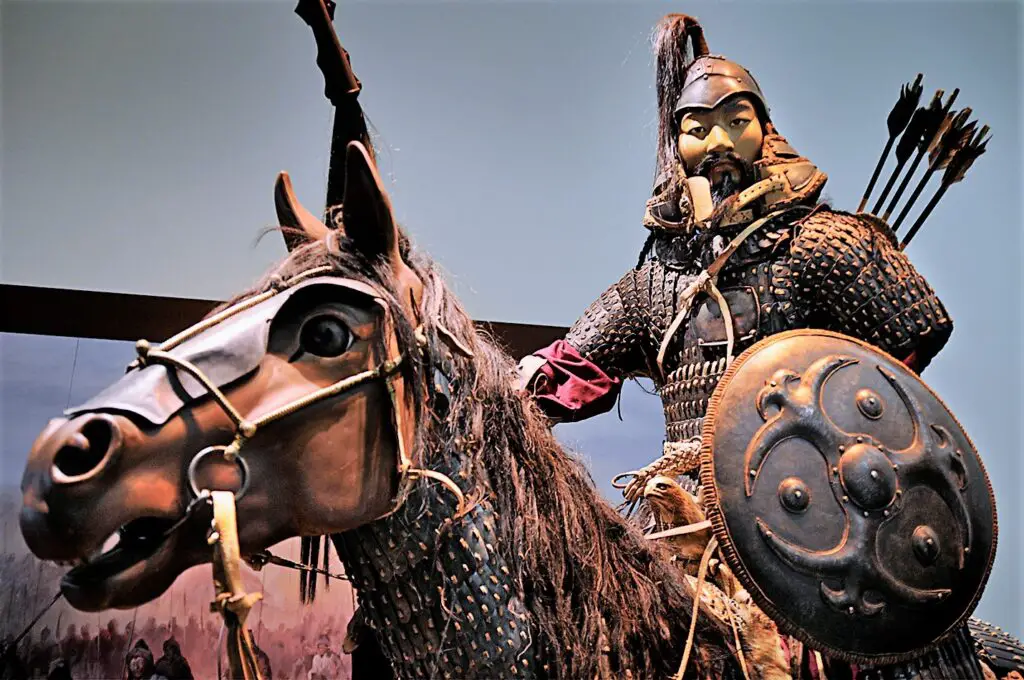
The Mongols are infamous for their brutal conquests, but they also fostered one of the most religiously tolerant empires in history. Unlike many rulers of the time, Genghis Khan and his successors didn’t force their beliefs on conquered peoples. Instead, they welcomed Buddhists, Muslims, Christians, and Taoists into their empire, even offering tax breaks to religious institutions. This policy helped create stability in their vast, multicultural domain says Britannica.
Their military tactics were undeniably ruthless, but they also had an advanced system of governance. The Mongols implemented a postal system, known as the Yam, which allowed for fast communication across their empire. They promoted trade along the Silk Road, making it safer and more efficient than ever before. Their influence helped spark the European Renaissance by facilitating the exchange of knowledge and ideas between East and West.
3. The Aztecs Had a Complex Legal System
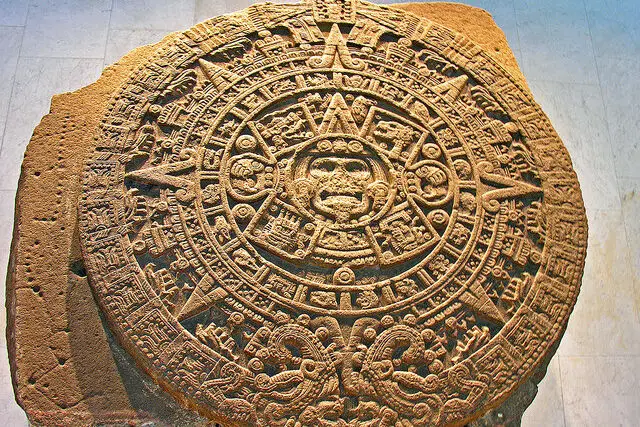
The Aztecs are often remembered for their human sacrifices, but their society was far more structured and sophisticated than people assume. They had an intricate legal system that included courts, judges, and a set of laws governing everything from theft to family disputes. Even commoners could appeal decisions, and corruption among judges was strictly punished. While punishments could be harsh, they also emphasized rehabilitation in some cases, showing a nuanced approach to justice says Mexicolore.
Their capital city, Tenochtitlán, was a marvel of urban planning. It featured a vast system of canals, aqueducts, and chinampas—floating gardens that provided food for the city. The Aztecs had public schools where both boys and girls received education, an unusual practice for the time. Their knowledge of astronomy, medicine, and engineering rivaled that of contemporary European societies adds History Hit.
4. The Celts Had Progressive Gender Roles

The Celts are often imagined as wild, painted warriors, but their society was surprisingly advanced when it came to gender roles. Unlike in many other ancient cultures, Celtic women could be warriors, leaders, and landowners. Historical accounts describe powerful female figures like Queen Boudica, who led a rebellion against the Romans. Women could also divorce their husbands and retain property, which was unheard of in much of the ancient world.
Celtic druids weren’t just religious leaders; they were also judges, poets, and healers with years of education. Their oral traditions helped preserve history, philosophy, and scientific knowledge. The Celts were skilled metalworkers, producing intricate gold jewelry and weaponry that was highly advanced for its time. They also had a sophisticated understanding of astronomy, using stone circles like Stonehenge for tracking celestial events.
5. The Moors Brought a Golden Age to Europe
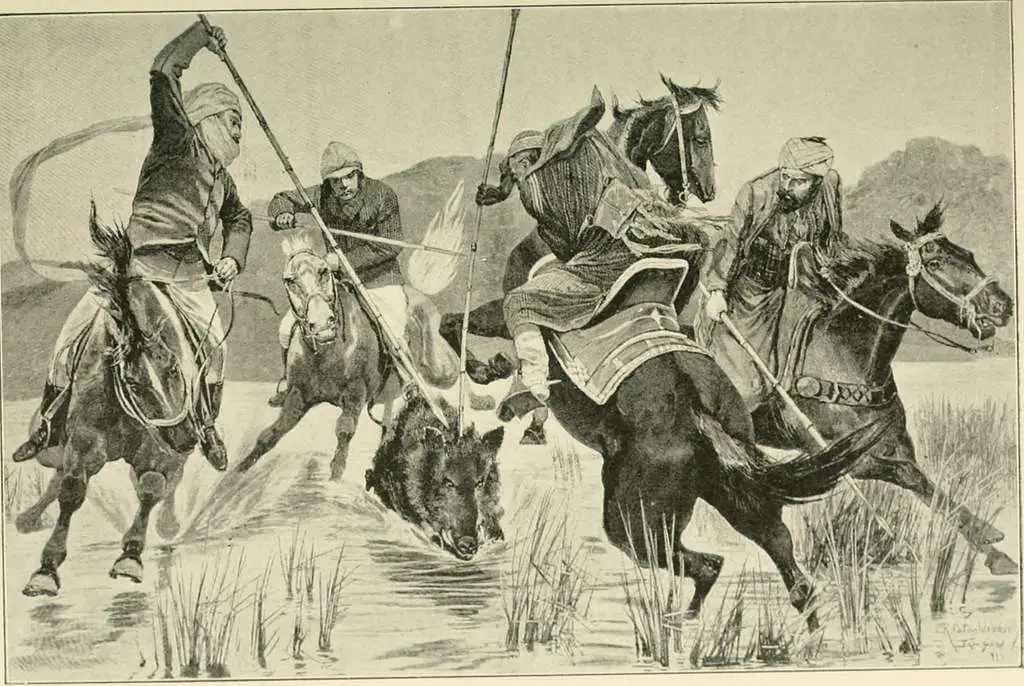
The Moors, who ruled Spain for centuries, are often overlooked in Western history, but they were responsible for bringing Europe out of the Dark Ages. Their cities, such as Córdoba and Granada, had public libraries, hospitals, and even streetlights at a time when much of Europe was struggling. They introduced advanced mathematics, astronomy, and medicine, preserving and expanding upon the knowledge of the Greeks and Romans.
Moors were instrumental in bringing paper-making technology to Europe, revolutionizing literacy and record-keeping. Their architectural achievements, like the Alhambra, display incredible artistic and engineering skills. They also championed religious and cultural tolerance, allowing Christians and Jews to live and work within their society. The European Renaissance might not have happened as quickly without the scientific and philosophical advancements preserved by the Moors.
6. The Iroquois Inspired Modern Democracy
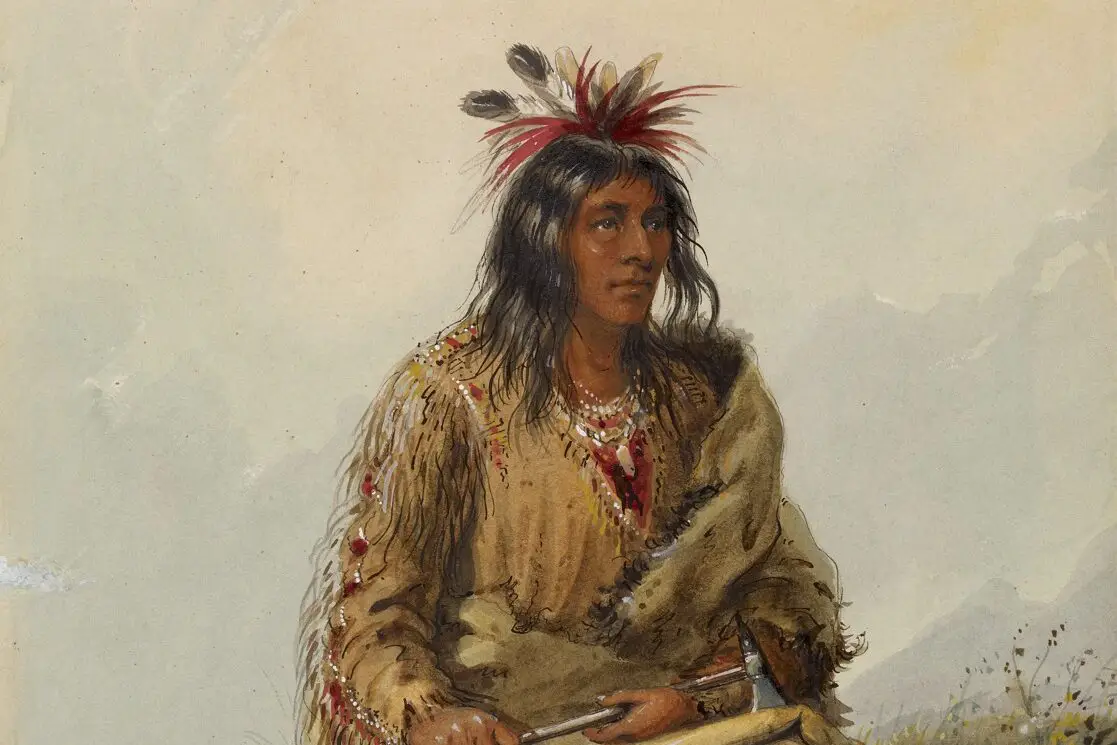
The Iroquois Confederacy, a union of several Native American nations, had one of the earliest democratic systems in history. Long before the United States was founded, they had a representative government where leaders were chosen by consensus. Women played a crucial role in governance, selecting chiefs and having the power to remove them if they didn’t lead wisely. This level of female political influence was rare in most societies at the time.
Their Great Law of Peace emphasized diplomacy and unity, helping to prevent conflicts among the member nations. Many historians believe that elements of the U.S. Constitution were inspired by Iroquois governance. They also had an advanced understanding of agriculture, using sustainable methods to cultivate crops like corn, beans, and squash. Their longhouses, built to house multiple families, were early examples of communal living and efficient land use.
7. The Khmer Built a City Ahead of Its Time

The Khmer Empire, best known for Angkor Wat, created one of the most sophisticated cities of the medieval world. Angkor was a vast metropolis with a population comparable to modern cities, supported by an advanced irrigation system. They built massive reservoirs, or barays, to store water, ensuring steady food production even in dry seasons. Their hydraulic engineering skills were so advanced that researchers are still trying to fully understand how it worked.
Beyond engineering, the Khmer had a rich artistic and literary tradition. Their temples weren’t just places of worship but centers of learning and culture. Unlike many other ancient civilizations, they invested heavily in public works and infrastructure. The city of Angkor wasn’t just large—it was carefully planned, with roads, bridges, and canals that made it highly organized and efficient.
8. The Persians Had a Postal System Before Rome
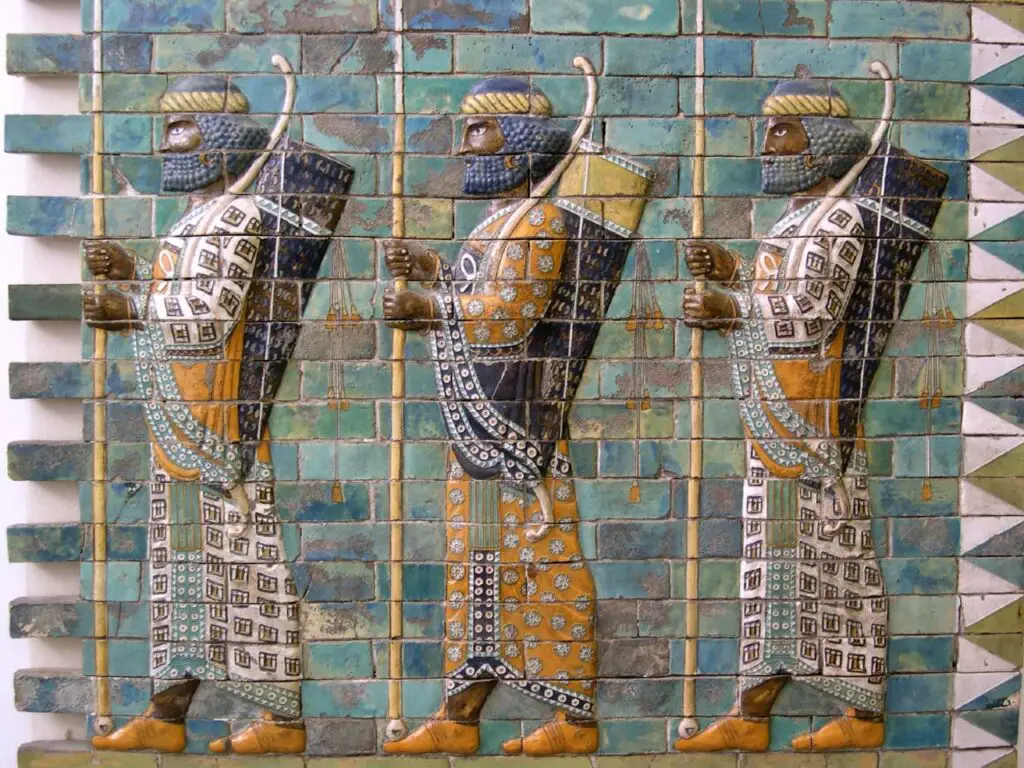
The Persian Empire, often overshadowed by Greece and Rome, was a model of efficient governance. They created the first known postal system, allowing messages to travel across their vast empire quickly. Their roads were so well-built that parts of them still exist today. The empire was also notable for its religious tolerance, allowing different faiths to practice freely under Cyrus the Great’s rule.
Persian engineers designed elaborate underground irrigation systems called qanats, providing water to arid regions. They also developed one of the earliest forms of human rights, with Cyrus the Great’s Cylinder being considered a prototype for modern declarations of rights. Their bureaucratic structure allowed for efficient tax collection and law enforcement. The famed Persian Gardens inspired landscape architecture for centuries.
9. The Minoans Had Stunning Architecture and Plumbing
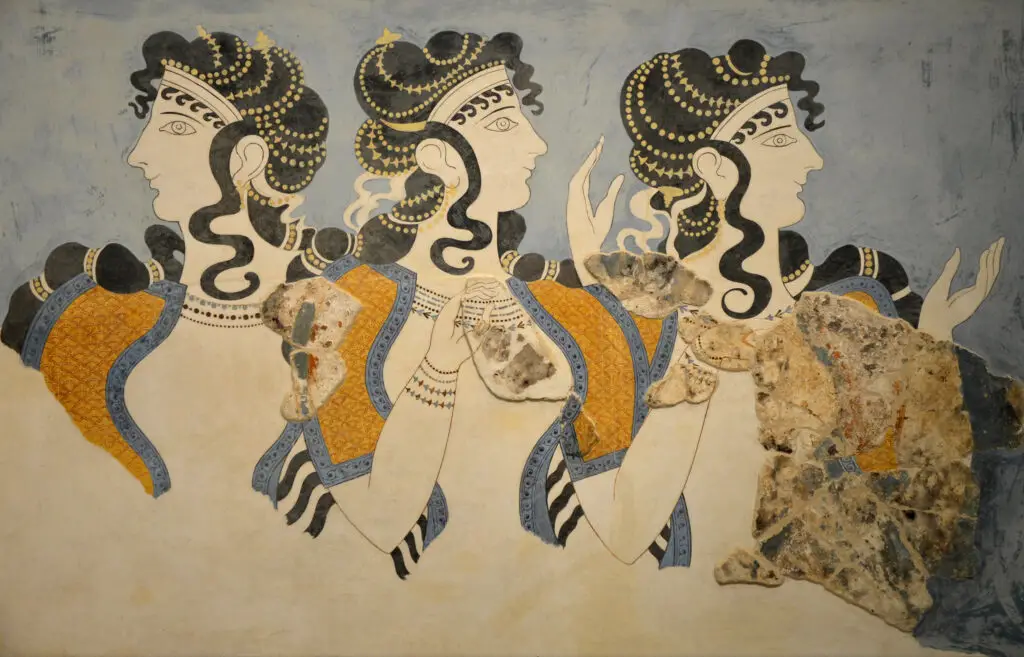
The Minoans, who thrived on the island of Crete, are often overshadowed by later Greek civilizations, but they were pioneers in architecture and engineering. Their palaces, like the famous Knossos, featured multi-story buildings, intricate frescoes, and advanced drainage systems. They had running water, toilets, and even bathtubs—luxuries that much of Europe wouldn’t see for centuries. The Minoans were also skilled sailors, trading with Egypt and the Middle East.
Their society appeared to be relatively peaceful, as their cities lacked the heavy fortifications seen in other ancient civilizations. Women seem to have held a high status, as depicted in their art, which shows them participating in religious and social life equally with men. They also had a complex writing system, known as Linear A, which has yet to be fully deciphered. The Minoans laid the groundwork for Greek culture, influencing mythology, art, and urban planning.
10. The Nubians Had Female Pharaohs and Wealthy Cities
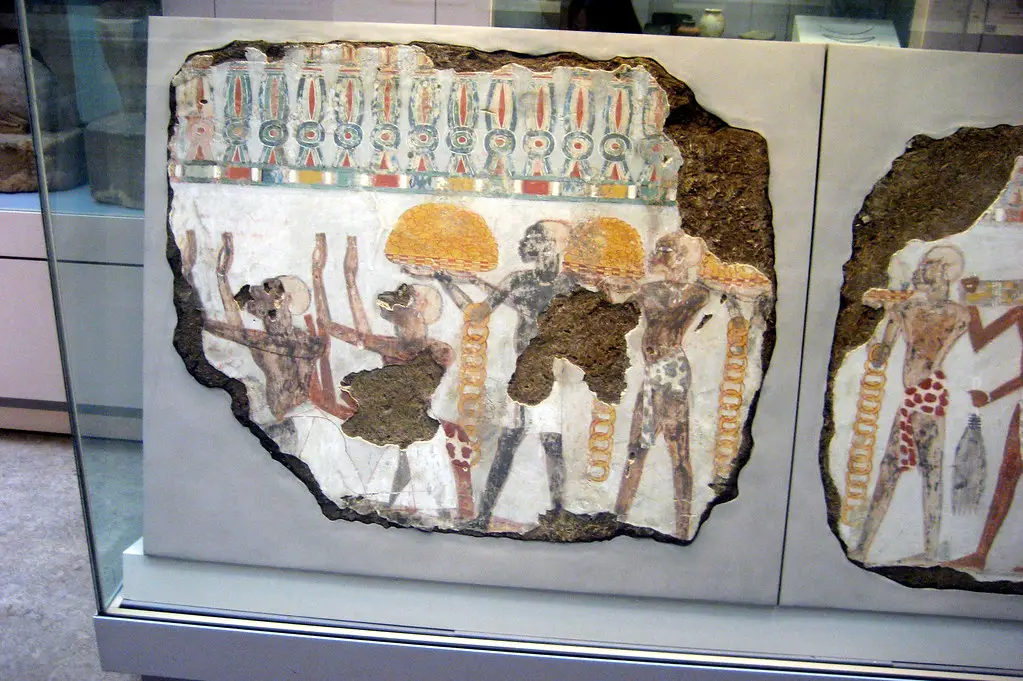
The Nubians, who ruled parts of modern-day Sudan and Egypt, are often forgotten in discussions of ancient civilizations, but they were incredibly advanced. They had their own powerful kingdom, Kush, which at times even ruled over Egypt. The Nubians built impressive pyramids—more than Egypt, in fact—though theirs were smaller and steeper. They were also one of the few civilizations where women could become pharaohs, with figures like Queen Amanirenas leading armies into battle.
Nubia controlled vital trade routes, making it a wealthy and influential kingdom. Their cities were bustling centers of commerce, dealing in gold, ivory, and luxury goods. They developed their own written script, Meroitic, which remains undeciphered. While they are often seen as merely Egypt’s neighbors, they had their own unique culture, architecture, and political systems that flourished for centuries.
11. The Scythians Were Expert Warriors and Artists
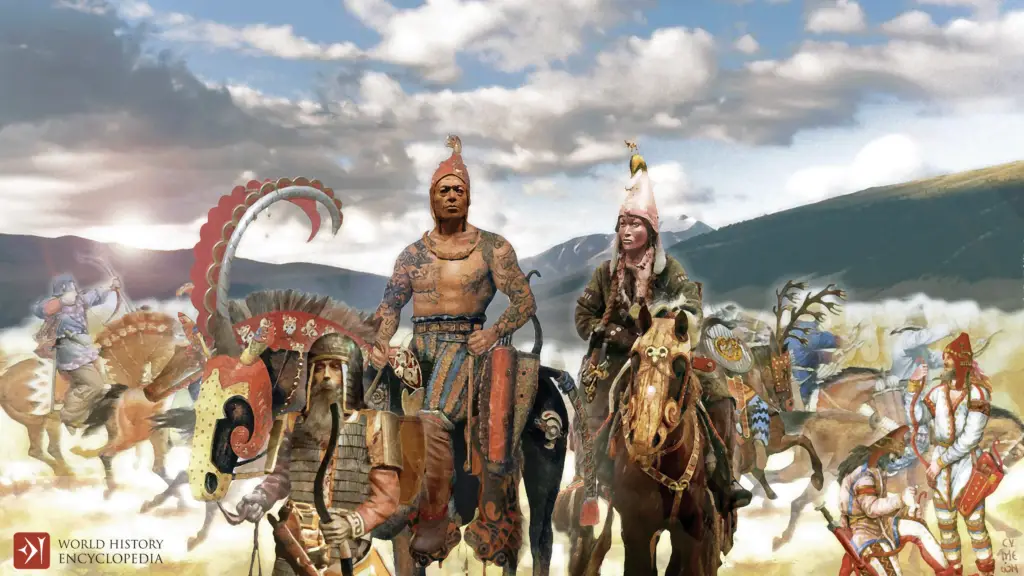
The Scythians, a nomadic people from the Eurasian steppes, are often dismissed as barbaric horsemen, but they had a highly sophisticated culture. They were some of the earliest master horse riders, revolutionizing warfare with their mounted archery techniques. Their weapons and armor were technologically advanced, with finely crafted gold-inlaid swords and scale armor. But they weren’t just warriors—they were also incredible artists.
Scythian goldwork is considered some of the finest in history, featuring intricate animal motifs and elaborate jewelry. They had a structured society with powerful leaders, and some women even fought alongside men, much like the legendary Amazons. They developed extensive trade networks with the Greeks and Persians, exchanging goods and cultural influences. Though their empire eventually faded, their influence on horseback warfare and art lasted for centuries.
12. The Carthaginians Were Economic Powerhouses
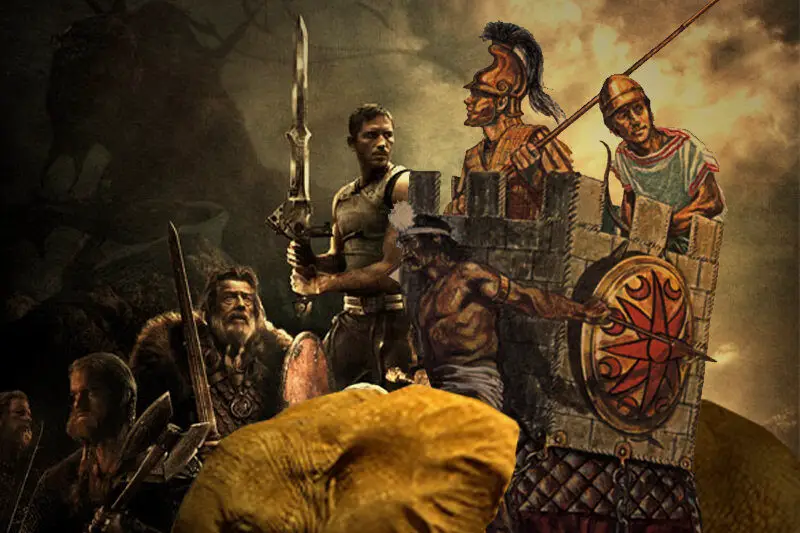
Carthage, Rome’s greatest rival, is often remembered for its defeat in the Punic Wars, but at its peak, it was a thriving economic and naval power. The Carthaginians were master shipbuilders, creating one of the most formidable fleets of the ancient world. Their city was a hub of trade, connecting Africa, the Middle East, and Europe. They developed innovative agricultural techniques, including irrigation systems that increased crop yields.
Carthage also had an advanced political system with checks and balances, resembling some aspects of modern republics. They used a form of contracts and commercial law that influenced later economic systems. Their navy was so advanced that Rome had to reverse-engineer Carthaginian ships to compete. Though Rome ultimately destroyed Carthage, its legacy lived on in Mediterranean trade, maritime technology, and economic policies.
